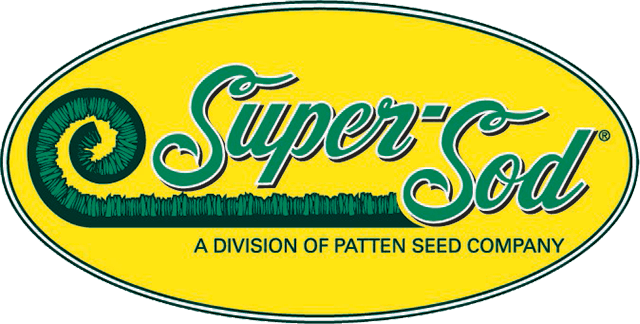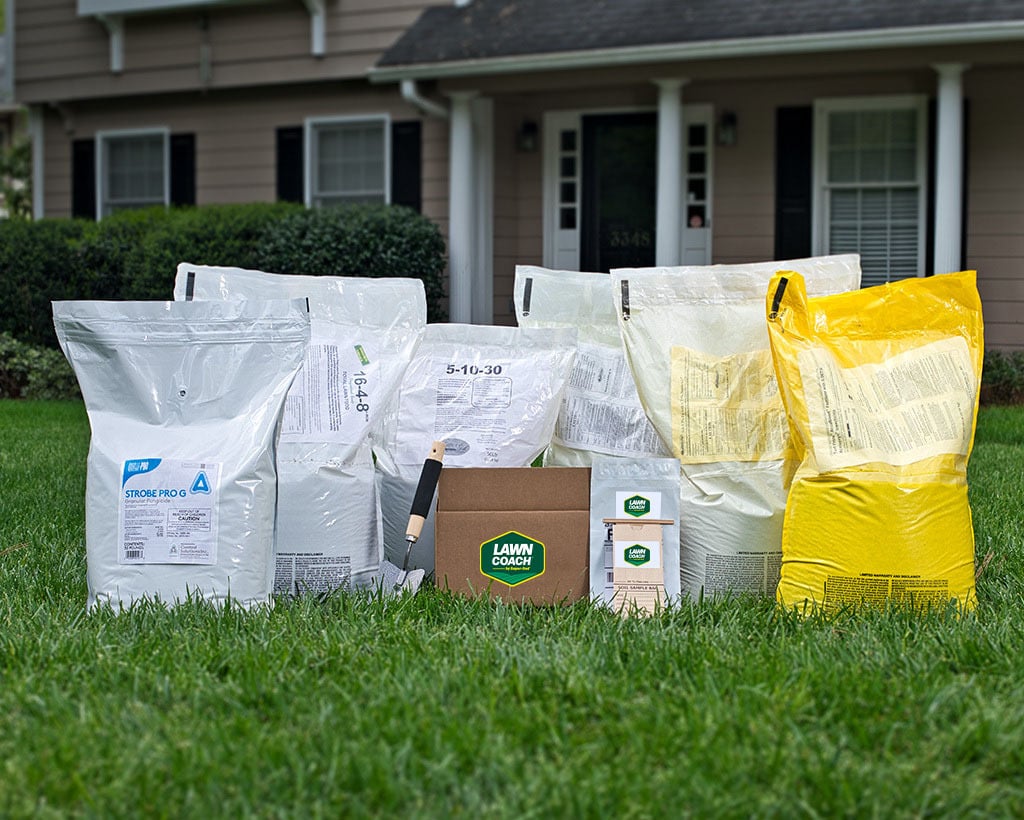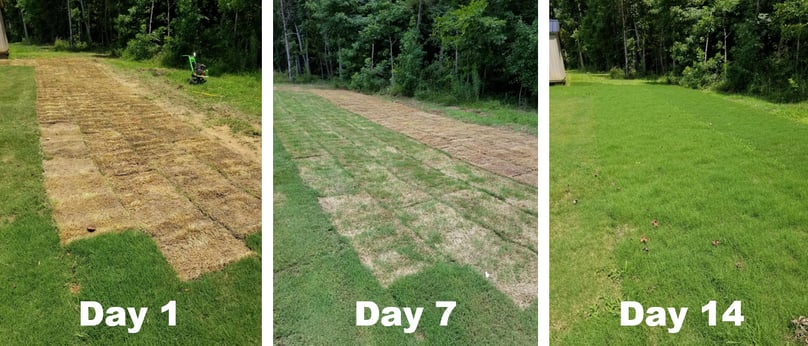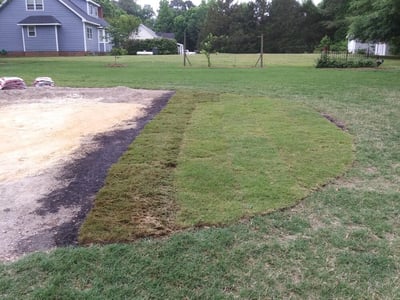

In the Southeast, summertime doesn’t only come with cookouts and pool parties. High temperatures sweep across our Southern cities bringing hot, humid air, prolonged droughts, and confusing water restrictions. Warm-season turf varieties such as Bermudagrass and Zoysiagrass are bred to not only withstand, but flourish in such high temperatures - making them a perfect fit for our climate.
Yet, if you don't lay it quickly, sod can turn yellow amazingly quickly on the pallet. This is why we feel like broken records telling people to lay it as soon as you get it, store it in the shade while you lay it, and water it as you lay it.
We know life can interrupt your plans to lay sod as quickly as possible. When sprinklers break, your kids or dogs interrupt, mom needs you to look up something on the Internet for her, or you need to take a work call, people then call us with concerns about their sod turning yellow (or worse!).
Can you fix it? Will the grass recover? The answers are: Yes and yes!
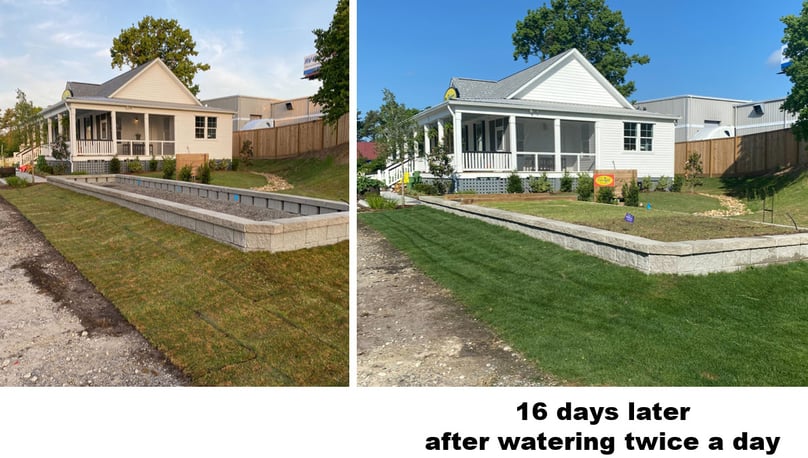
On the left, TifTuf Bermuda is showing some stress and discoloration on the day it was laid at our Super-Sod store in Charleston, SC. Watering twice a day for 16 days resulted in the lush green grass on the right that just got mowed for the first time. Photos by Paige Diamond, Inside Sales at Super-Sod of Charleston.
Bermudagrass is one of the strongest varietals for our harsh Southern temperatures. Its ability to not only establish quickly but thrive during some of the hottest times of the year are completely unmatched. However, one of the most common concerns when laying Bermuda in the summer is that it turned yellow before it was all laid.
Bermuda shows stress faster
After being cut from the field and stacked on a pallet, different warm season grasses vary with how quickly they show signs of stress. For example, if we harvest our Zenith Zoysia and TifTuf Bermuda at the same time, you would see the TifTuf Bermuda begin to lose its fresh green color much faster than the Zenith.
Although it can be alarming, this is not a direct correlation to the overall health of the sod. The growing habits of these two varieties is the larger contributor to that result. Bermudagrass is hyperactive grower, whereas Zenith tends to grow at a slower pace. This is one of the reasons that they show stress at different times.
Notes from a Turf Expert
Dr. Grady Miller is a tenured professor and the lead turf specialist for North Carolina State University. This is his description of the factors that lead to discoloration of sod after harvesting:
Once turfgrasses are harvested and stacked as sod, the grass is largely cut off from light and airflow. Inadequate light alone can cause some yellowing of turfgrass if left stacked long enough. As more time passes without light and air, there is increased respiration of the turfgrass without the benefit of transpiration for cooling. In addition, there is increased activity of anaerobic microorganisms which produce heat as they feed on the organic matter within the sod. This microbial activity leads to internal heating, which significantly contributes to sod stresses. The added heat from summer harvests can contribute to the rate of yellowing.
This TifTuf Bermuda was more than just a little yellow after being left on the pallet for a while. But after two weeks of watering it is beautiful and green! Photos by Super-Sod of Mooresville customer, Dean R.
How to Bring Back the Green in New Yellow Sod
Unrolling the sod and exposing it to sunlight again is the first step in recovery from the stress of harvest and transport. Then strict watering habits, time, and patience are all that you need.
Yes, it's that simple!
Kevin Kilgore, manager of Super-Sod in Alpharetta, shared this relatable example: "When your trash can has been sitting by the curb on the lawn all day in summer, you are left with a patch of yellow grass. But after you bring your trash can in, it only takes a few days back in the sunlight for the grass to green up again. Add some extra water to that spot and it will bounce back even faster."
Of course, rolls of new sod experience more stress than a patch in an established lawn, so they need more water and more time. Understanding that grass will inevitably react this way means you can be proactive in the hours following delivery.
What to do
Here are the steps you can take to reduce the stress of new sod in the summer and to ensure it's rapid recovery.
Plan ahead
- Have a watering system set up and ready to go BEFORE your sod arrives. Test your irrigation or buy a couple hoses, sprinklers, and timers.
- Find a shady spot for the delivery of your sod - we've got tips on storing sod in the shade.
Day of installation
- Don't be alarmed if you see yellow when you unroll your sod!
- Lay sod immediately after delivery - this is critical in the summer.
- If you are picking up sod yourself at one of our stores, pick it up as soon as it is available.
- WATER as you are laying the sod! In the summer heat, rolls of freshly cut sod shouldn't be down for more than 30 minutes without getting water.
- WATER AGAIN! As soon as installation is complete, water the entire lawn.
After installation
- WATER every morning! This is your daily routine until the sod is rooted in. And on hot summer days water again in the afternoon. The goal is to keep your new sod and the ground underneath it wet until roots form.
Read our detailed watering tips for new sod - we provide more guidance on this very important topic.
What NOT to do
- Don't over-water! Signs of overdoing it are puddles of standing water on the lawn or pools around your feet when you walk on the grass. Too much water can cause root rot.
- Don't over-fertilize. An initial application of starter fertilizer will help your new lawn get established. But adding more fertilizer to stressed grass won't make it greener! More nitrogen is NOT better and, in fact, will cause more problems including turning your grass yellow or brown.
We're here to help
Super-Sod has and will always be dedicated to growing the best quality turf grass in the Southeast. We want each one of our customers to not only be satisfied with our product, but also to be well informed and set up for growing success.
Click this link and find all our resources to help you have many more beautiful seasons with your new lawn! Can't find what you need on our website? We're here to answer all your questions, so stop by your local Super-Sod store and talk to one of our experts.
